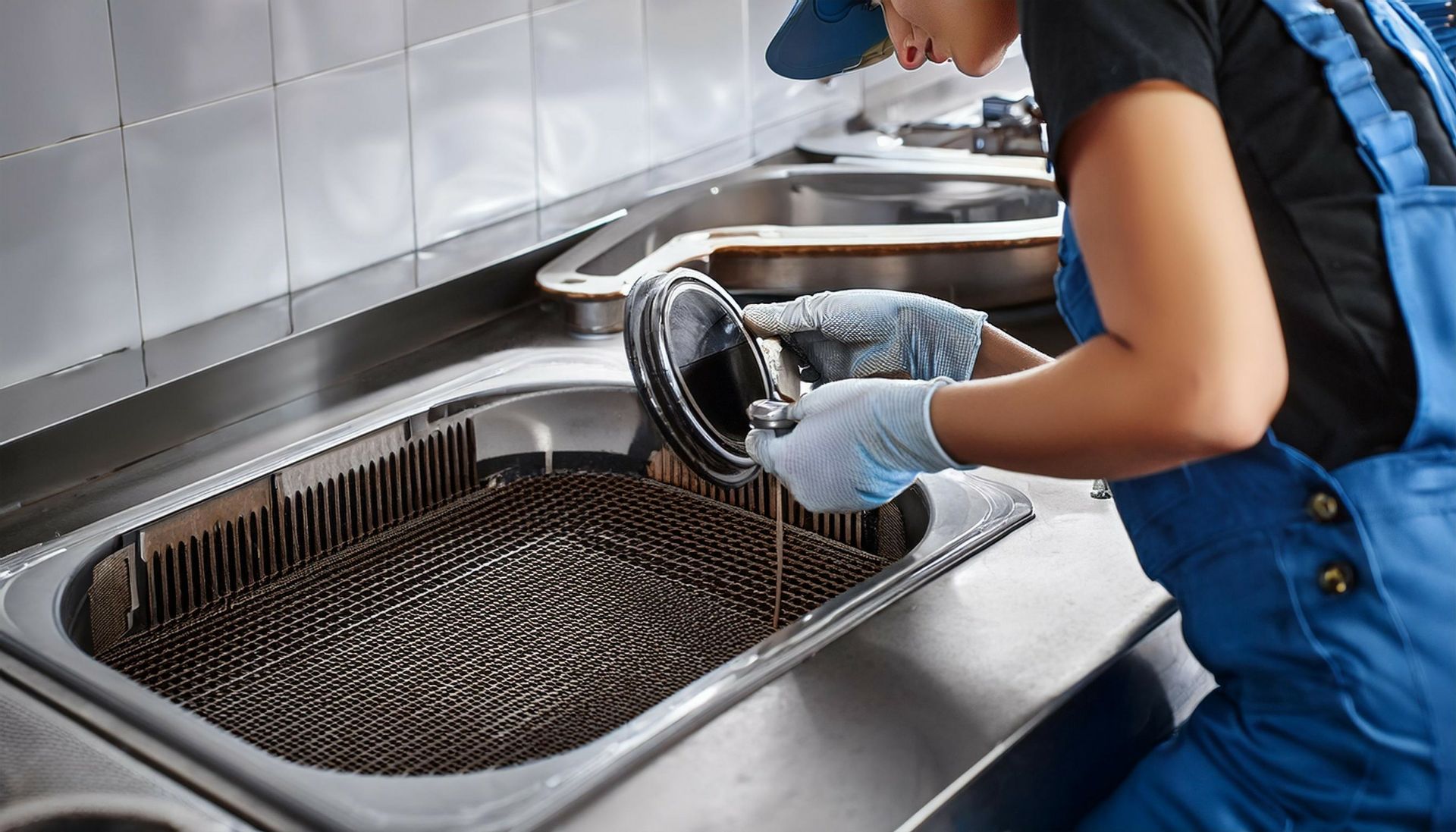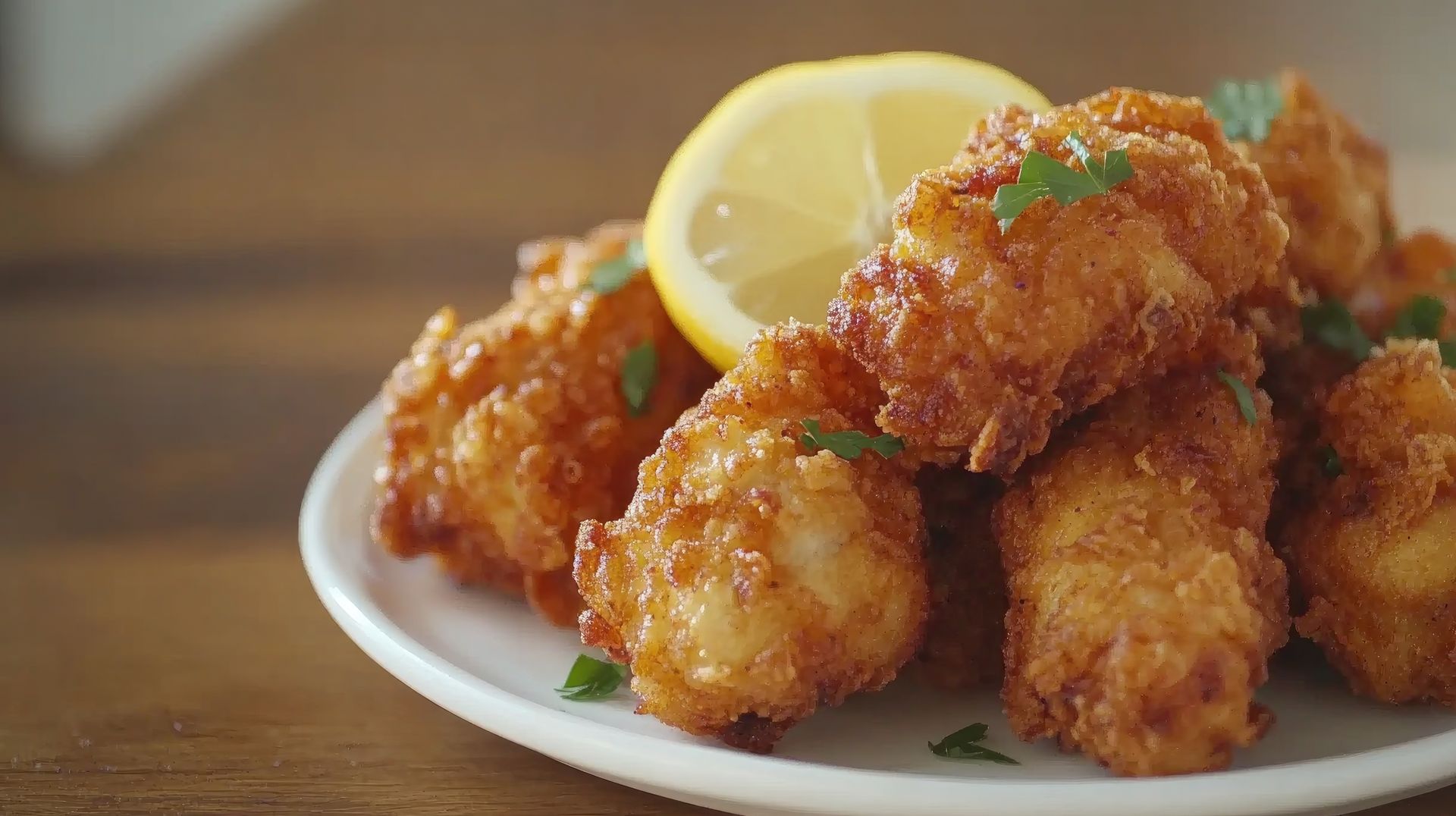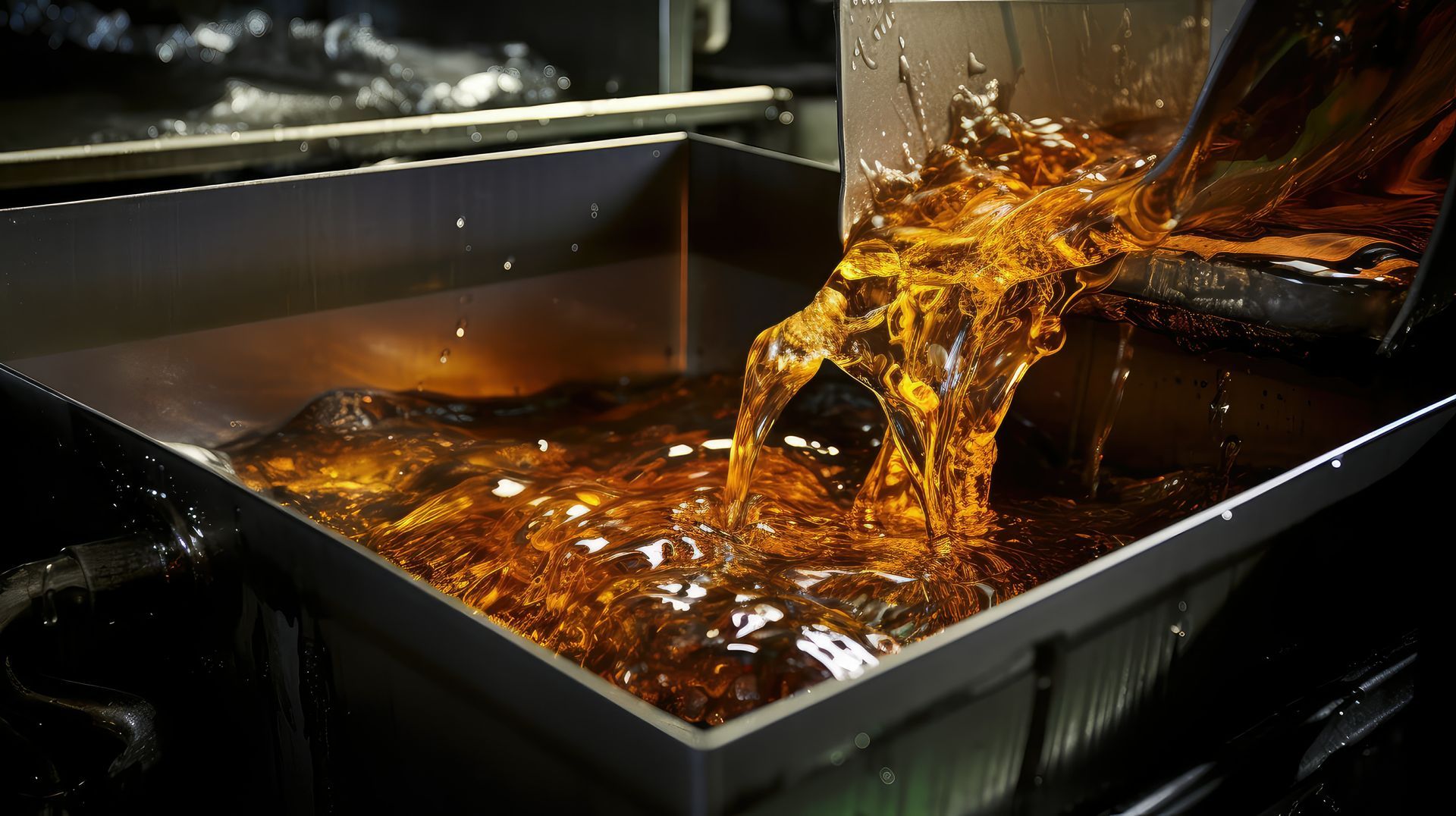How to Determine Grease Trap Size and Number

Atlanta has specific rules regarding the size and number of grease traps local food service and food processing businesses must have. New food processing, sales, or service establishments are generally required to install two 1,500-gallon outdoor grease traps, providing a combined capacity of 3,000 gallons.
However, not every food service establishment requires that much capacity. Smaller establishments, such as bakeries, sandwich shops or restaurants with a capacity of fewer than 100 persons, may qualify for a single 1,500-gallon grease trap or indoor, under-sink traps.
Permitting is determined case by case, requiring new or renovating food service businesses to consult the Department of Watershed Management about their grease trap requirements. You can find the contact information for their Grease Management Program on their website.
The Site Development Division of the Atlanta Department of Watershed Management makes final approval decisions regarding each business’s grease trap plan.
Plan Review and Permitting
New food service facilities in Atlanta need to submit three copies of their grease trap plan for review to obtain a plumbing permit for their business. This plan should include:
- Site plans, including property boundaries
- A floor plan that lists all kitchen equipment, including how each tie into the sewer line
- The contact information for the person in charge of the plan
- Grease trap location
- Details about the proposed grease trap a business chooses, including the manufacturer, model number and pictures of a cross section of the grease trap
Businesses applying for plumbing permits at properties with existing grease traps must provide as-built drawings of the traps. Even if the grease trap capacity meets permit requirements, the Site Development Division must perform field verification for plan approval. You can contact the Grease Program to schedule an inspection.
Factors for Determining Grease Trap Size and Number
Type of Establishment
Restaurants, cafeterias and commercial kitchens typically generate more FOG (fats, oils, and grease) than establishments like coffee shops or bakeries. Fast-food operations often require larger grease traps due to producing higher grease volumes than fine-dining establishments.
Peak Water Flow Rate
Plumbers calculate the maximum flow of wastewater from all fixtures that contribute to the grease trap, such as sinks, dishwashers and floor drains. Flow rate is measured in gallons per minute (GPM) and directly impacts the grease trap’s size.
Grease Retention Capacity
Grease traps are rated by how much grease they can retain, typically in pounds. A common rule of thumb is that a grease trap’s pound capacity should be twice the GPM rating. For example, a grease trap with a flow rate of 20 GPM would require a grease retention capacity of 40 pounds.
Number of Fixtures
Each fixture connected to the grease trap adds to the required capacity. For example:
- Three-compartment sink: 15-25 GPM
- Dishwasher: 15-30 GPM
- Mop sink: 5-10 GPM
The total GPM from all fixtures determines whether a single grease trap suffices or if multiple units are required.
Volume of Business
High-volume restaurants or establishments with extended operating hours generate more wastewater and FOG, necessitating larger or multiple grease traps. Plumbers often estimate daily water usage in gallons per seat to predict FOG production. For example:
- Quick-service restaurant: Five to eight gallons per seat/day
- Full-service restaurant: Eight to 12 gallons per seat/day
Local Codes and Regulations
Cities like Atlanta enforce specific sizing charts and formulas that businesses must follow. For example, some jurisdictions require minimum grease trap sizes regardless of calculated flow rates. Exceptions may be made in some circumstances, but you will need to discuss your options with the Department of Watershed Management.
Ensure Your Grease Trap Cleaning and Wastewater Hauling Company is Properly Licensed
Only licensed haulers are permitted to transport the FOG and wastewater extracted from grease traps during cleaning. Before you hire a company to perform your grease trap cleaning, you should check the Southeastern F.O.G Alliance’s website and confirm the company you’re considering is an approved transporter.
Southern Green Industries is a registered and inspected commercial transporter, and we take pride in providing comprehensive services, from grease trap cleaning, maintenance and FOG hauling to sustainable wastewater treatment at our own facility.
Get Grease Trap Cleaning You Can Trust in Atlanta
If your business is looking for help adhering to the grease trap cleaning requirements of the Atlanta Department of Watershed Management, don’t hesitate to call Southern Green Industries at (404) 419-6887 for a free grease trap cleaning quote.
Contact us Today for a FREE Quote
We are committed to making grease trap cleaning and fryer oil recycling as clean and easy as possible. If you’d like to learn more about our services or get a quote, give us a call at (404) 419-6887.



